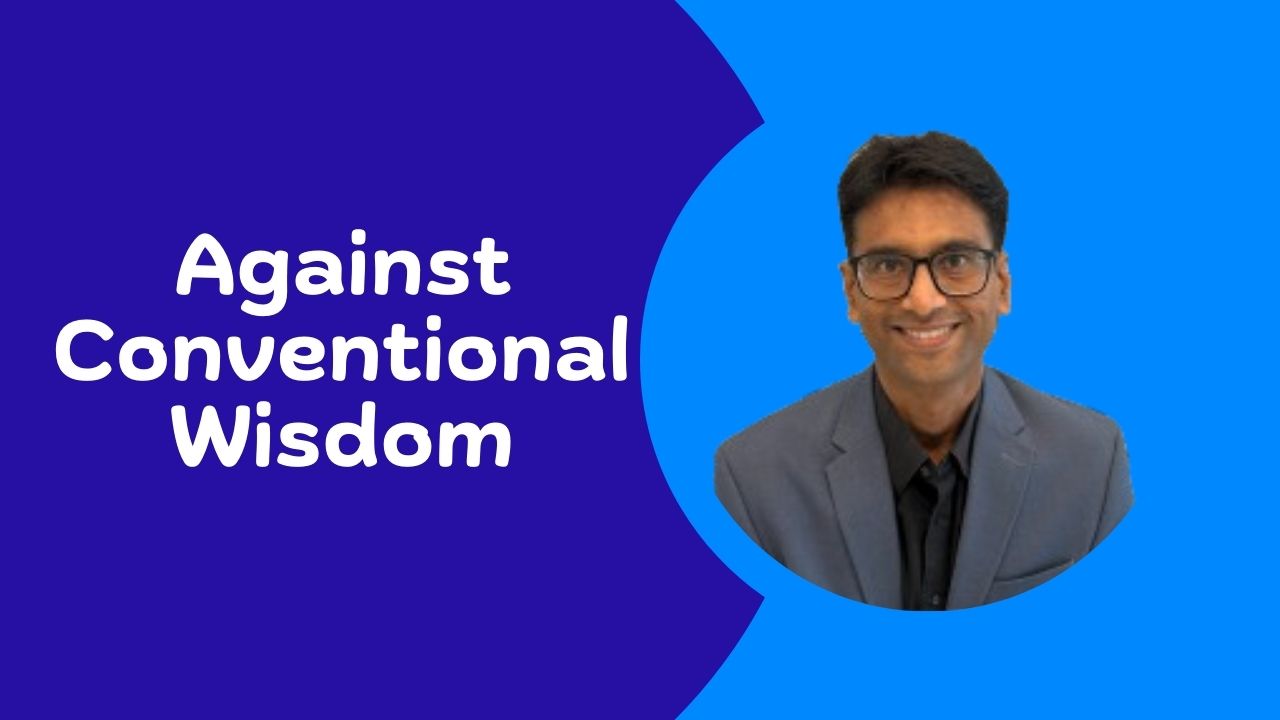
A couple of days ago, I took a flight from Mumbai to Delhi for work and when I was stepping out of the flight in Delhi, I saw the pilot for the next leg of the journey walk in. He then did something that was totally out of context but showed his culture and character.
He bent down and touched the entrance of the aircraft and then with the same motion, touched his forehead.
For all the Indians out there, you know exactly what this means. He was praying to the aircraft. In Hindu tradition, you touch the feet of elders and God’s to get their blessings. This is also done as a mark of respect. Respecting and seeking blessings from a machine might be wired for some but is common in the Hindu tradition.
In fact, there is an annual festival that we celebrate, when we worship all our tools, as they keep us safe and provide for us. While this might be considered superstitious by some, many who follow the tradition believe that this is important enough to continue the tradition.
This habit is so steeped in the Indian culture and psyche of the people in the culture that it has become a tradition, so much so, that an airline pilot is willing to pay his respect to the aircraft that he is going to fly and get its blessings.
Right or wrong, each one of us is entitled to our beliefs. So what if the pilot worships the plane, who am I to judge.
The reason I am sharing this here, on a blog focused on Leadership, is to show that culture and the actions resulting from the belief’s that are embedded as part of the culture (traditions) is deep rooted. This is also the reason why the metaphor of culture eating strategy for breakfast is so true.
The only way to change an existing belief within a culture is to replace it with another stronger belief within the same culture. So you replace one tradition with another. When leading change, these are the very things that can land the change in a way that the new behaviour is truly embedded.


